Hardware is roaring back into prominence in technology innovation, from advanced cars to robots, smart homes and smart cities, 5G communication and the burgeoning electronification of industry, medicine and utilities. While software continues to play a role, all of these capabilities depend fundamentally on advances in … Read More
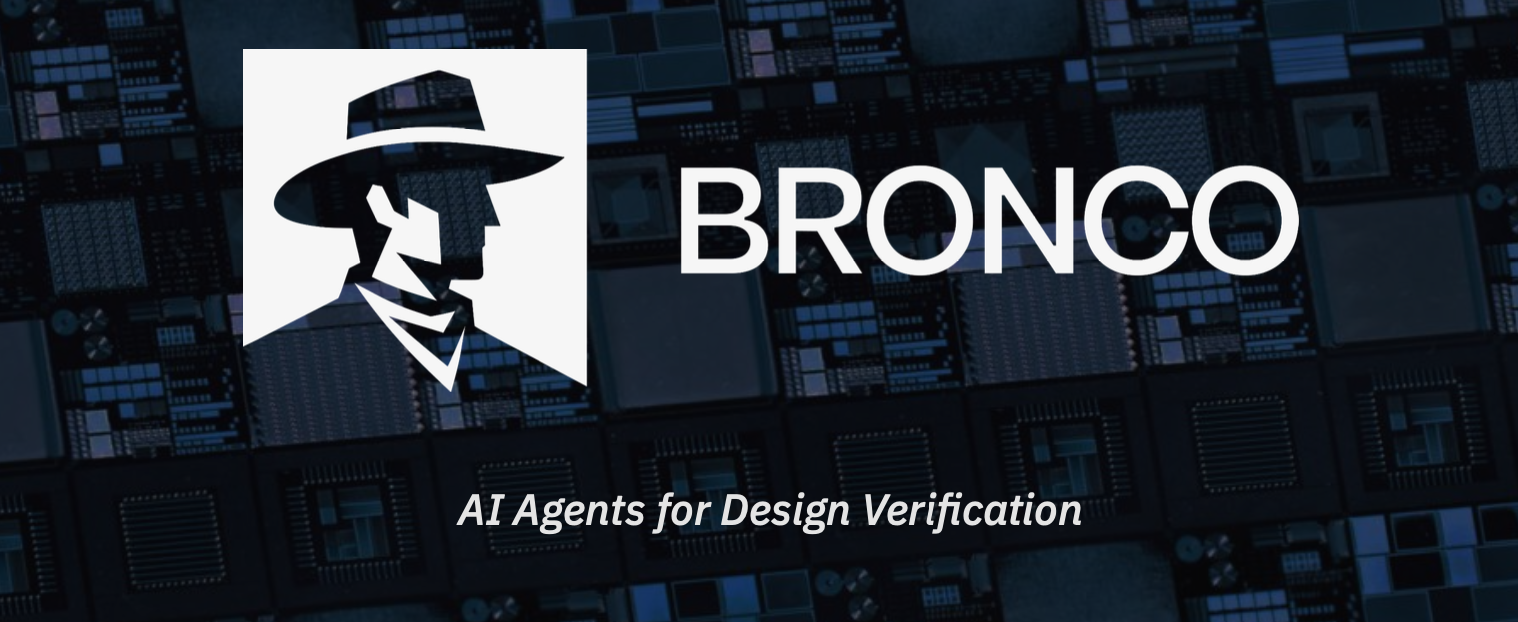 Superhuman AI for Design Verification, Delivered at ScaleThere is a new breed of EDA emerging.…Read More
Superhuman AI for Design Verification, Delivered at ScaleThere is a new breed of EDA emerging.…Read More The Quantum Threat: Why Industrial Control Systems Must Be Ready and How PQShield Is Leading the DefenseIndustrial control systems (ICS) underpin the world’s most…Read More
The Quantum Threat: Why Industrial Control Systems Must Be Ready and How PQShield Is Leading the DefenseIndustrial control systems (ICS) underpin the world’s most…Read More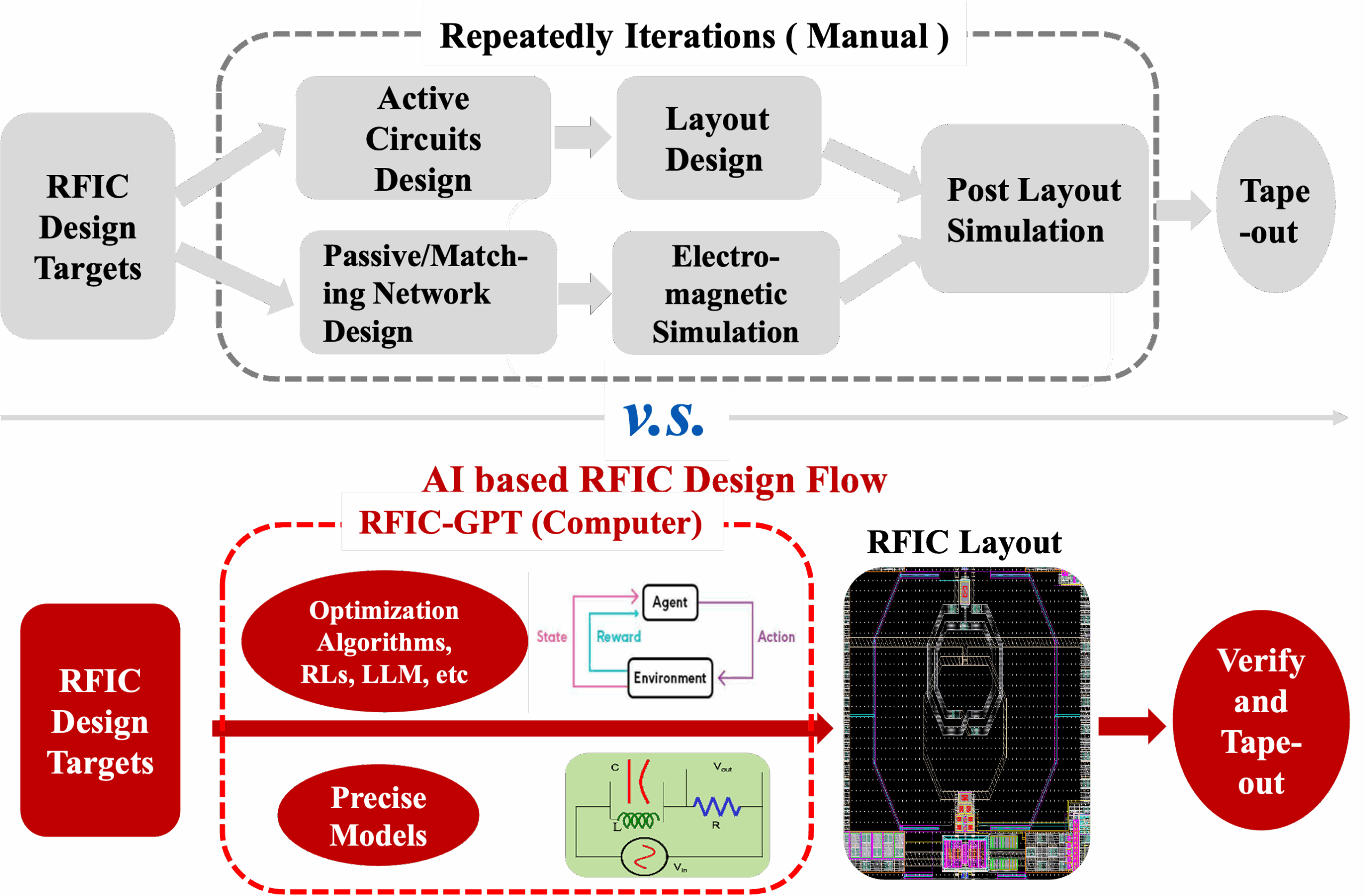 Radio Frequency Integrated Circuits (RFICs) Generated by AI Based Design AutomationBy Jason Liu, RFIC-GPT Inc. Radio frequency integrated…Read More
Radio Frequency Integrated Circuits (RFICs) Generated by AI Based Design AutomationBy Jason Liu, RFIC-GPT Inc. Radio frequency integrated…Read More Ceva-XC21 Crowned "Best IP/Processor of the Year"In a resounding affirmation of innovation in semiconductor…Read More
Ceva-XC21 Crowned "Best IP/Processor of the Year"In a resounding affirmation of innovation in semiconductor…Read MoreThe Evolution of the Extension Implant Part V
Part 4 of this series discussed how a transistor Extension could be fabricated in a planar device without using an implant operation, and is instead formed using a preferential etch followed by a selective epitaxial deposition. This final installment of the series will present the formation of an Extension in a FinFET transistor… Read More
Uber’s Sandcastle
As Uber’s initial public offering arrives this is a good moment to consider what kind of employment model for the future we all, as employees and employers, would prefer to adopt: Amazon or Uber?
One of my sons has interviewed with Amazon. The other has his Amazon moment today. My across-the-street neighbor works for Amazon Web Services.… Read More
Chip Equip Trade War Collateral Damage
We have been very vocal and perhaps the first to warn of the risks to the semiconductor and semiconductor equipment industry from the China trade war with the US. It seems that the war is now fully upon us with the imposition of 25% tariffs by the US and promised retribution by China. The semiconductor industry is at the leading edge … Read More
The SiFive Tech Symposiums are Heading to Six Cities in Europe in May!
Hello Cambridge, Grenoble, Stockholm, Moscow, Munich and Amsterdam
Our 2019 global symposiums and workshops have been hugely successful in promoting the RISC-V ISA and fostering expansive collaboration within the open-source community. It’s invigorating to see how the worldwide semiconductor ecosystem is energized and… Read More
The Evolution of the Extension Implant Part IV
Perhaps the most innovative and effective Extension implant does not involve an implant at all, but is instead an etch followed by a selective epitaxial deposition.
In this Extension fabrication methodology the Source/Drains regions in a planar device are etched away in the normal fashion to accommodate the replacement Source/Drain… Read More
Three Reasons Why You Should NOT Miss 56thDAC
Reason number ONE:The next five DACs will be in San Francisco and this will probably be the last one held in Las Vegas so you absolutely do NOT want to miss it. One of my most memorable DACs was in Las Vegas in 1985. My wife came with me for our second honeymoon and, by definition, it was just that, a honeymoon. This year we will probably spend… Read More
ESD Alliance CEO Outlook Features Powerhouse Lineup
Just two more weeks before the 2019 CEO Outlook Thursday, May 23, at SEMI. If you haven’t registered yet, do so today. We’re expecting a full house as a result of our powerhouse lineup and networking opportunities.
That lineup includes Ed Sperling, editor in chief of Semiconductor Engineering, who will serve as moderator. Panelists… Read More
Bottom of a Semiconductor Canoe Cycle Shape
Nice numbers despite the cycle bottom
KLA put up EPS of $1.80 versus street of $1.67 on revenues of $1.097B versus street of $1.08B. However guidance was weaker than the street was hoping for with a range of $1.21B to $1.29B in revenues generating between $1.55 and $1.85 in non GAAP EPS. This is compared to current street estimates … Read More
Meeting Automotive IC Design Challenges for Safety using On-Chip Sensors
I’ve been driving cars since 1978 and have even done a few DIY repairs in the garage, so I know how warm the engine compartment, transmission or exhaust system can become which makes automotive IC design rather unique in terms of the high temperature and voltage ranges that an electronic component is subjected to. Our safety… Read More



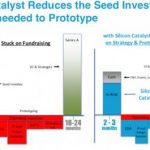
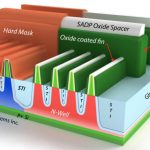






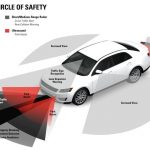
Quantum Computing Technologies and Challenges